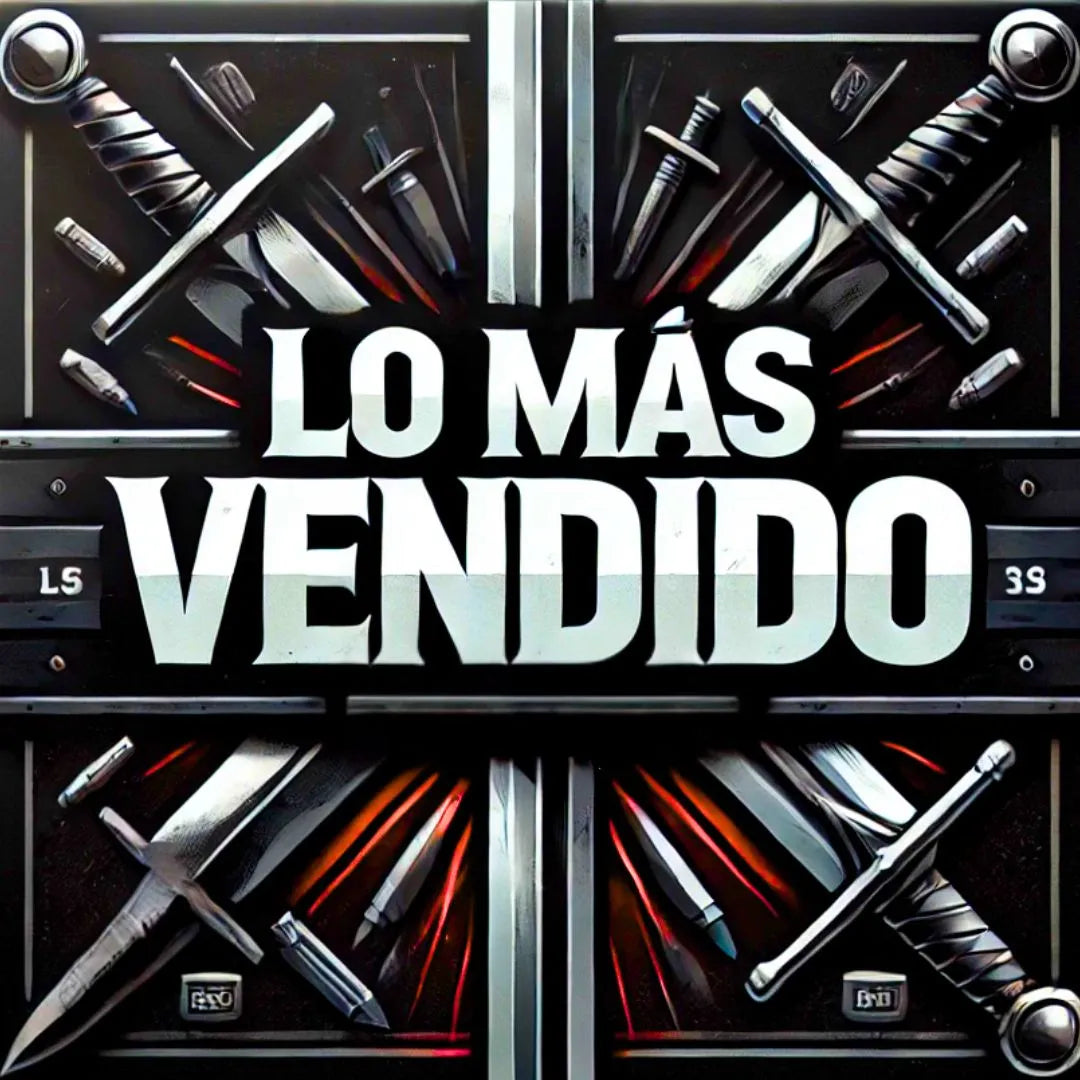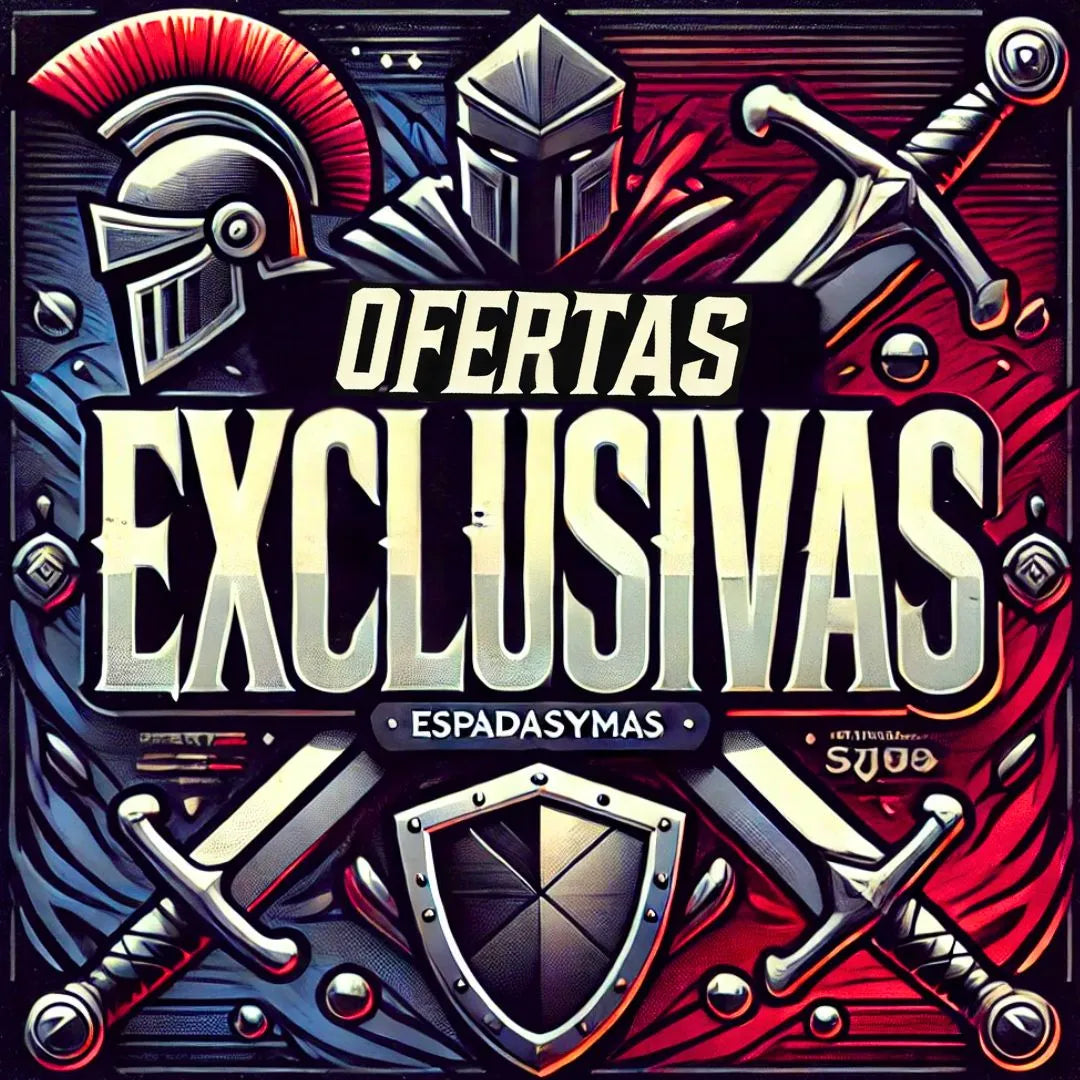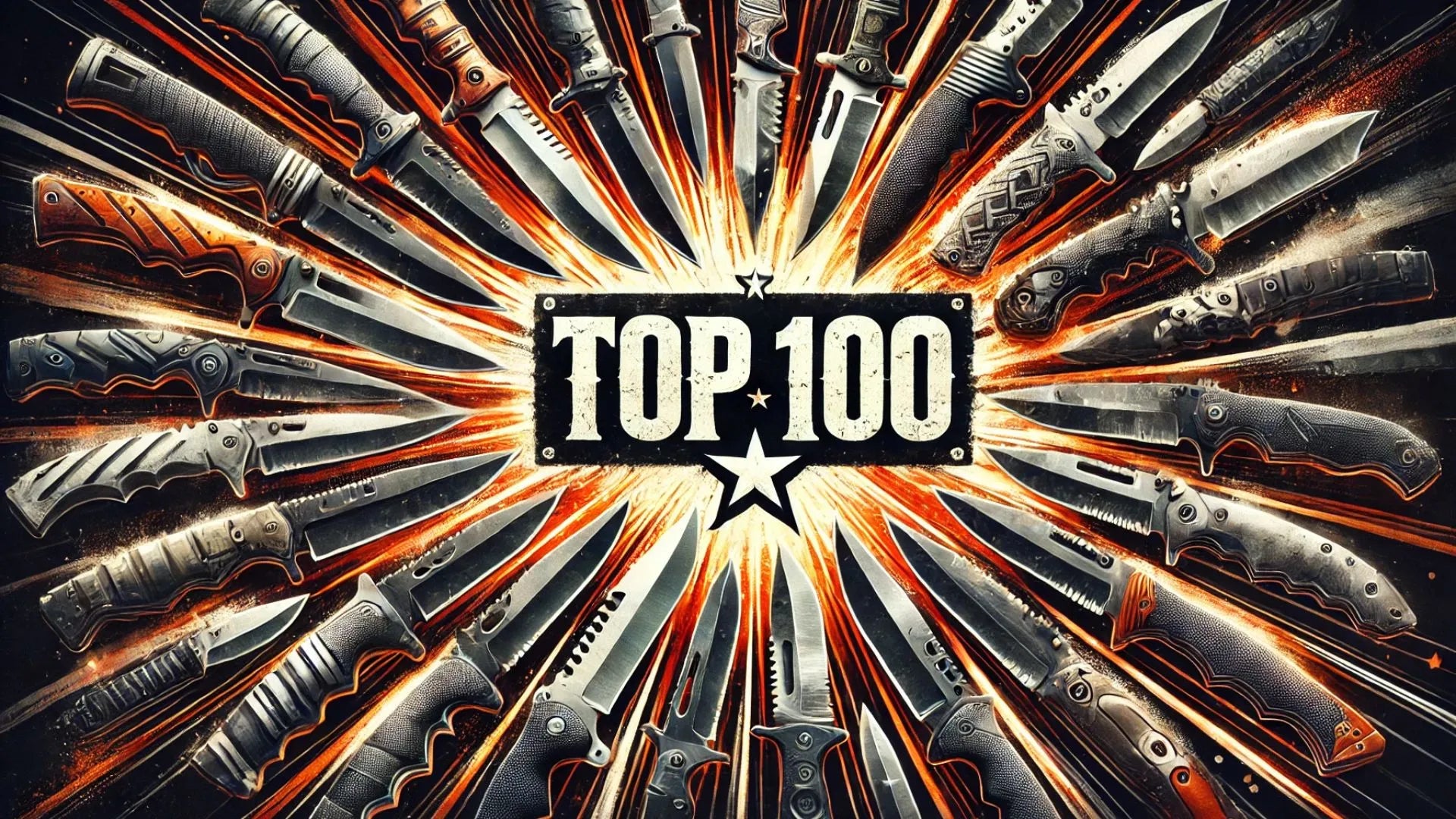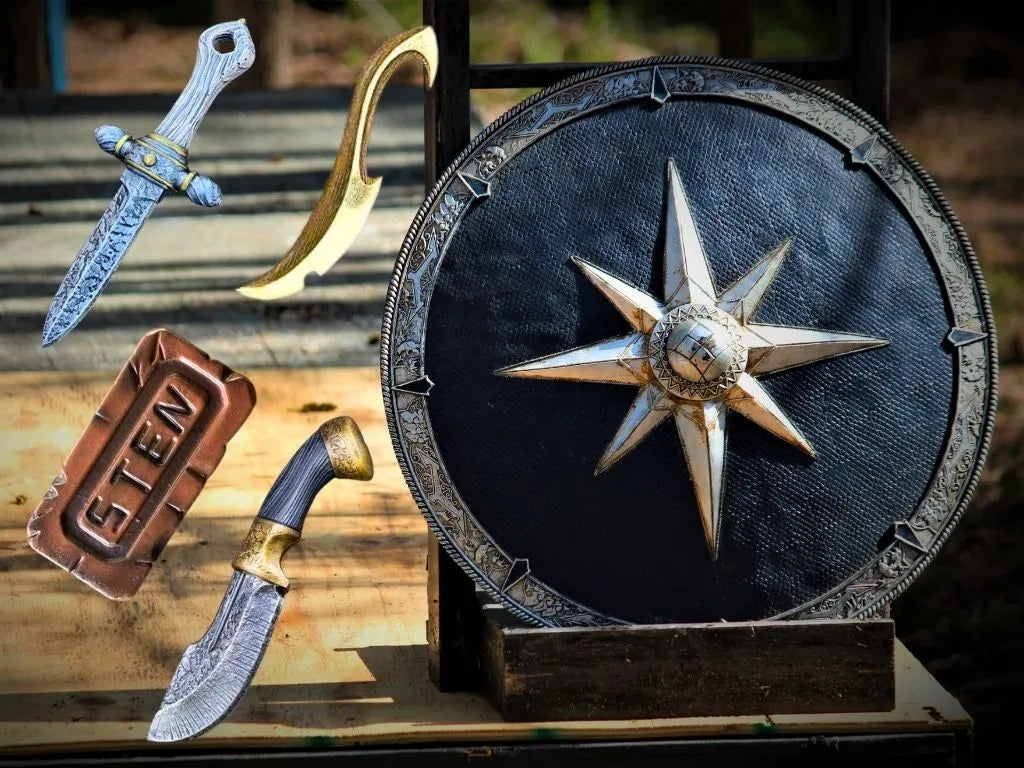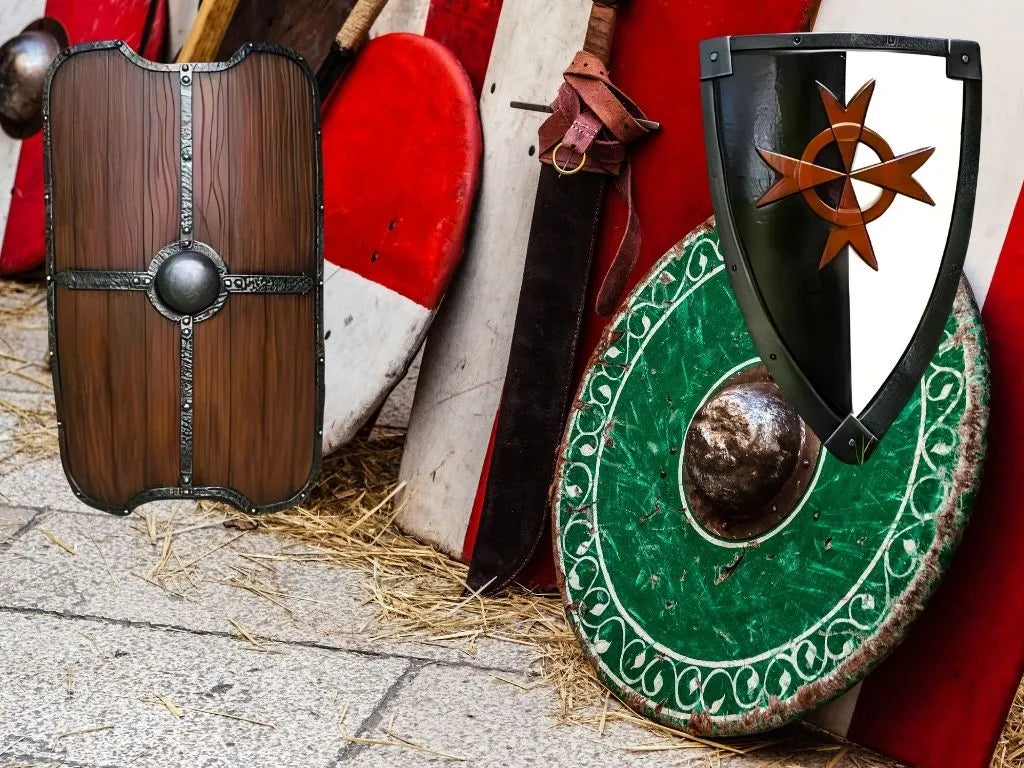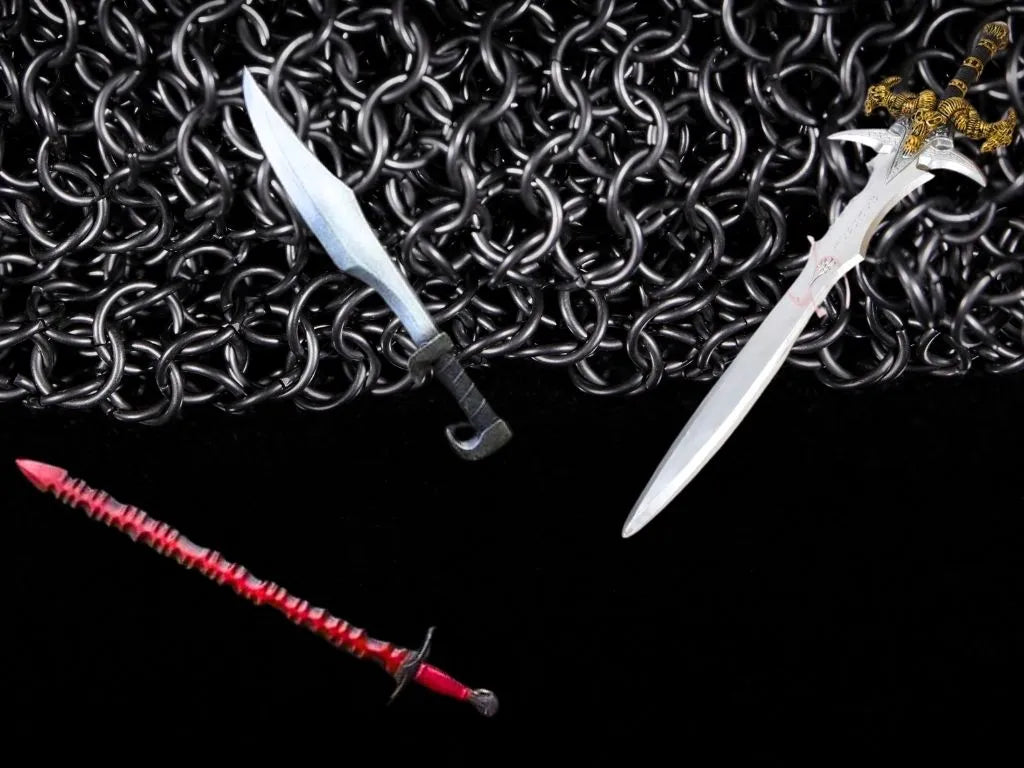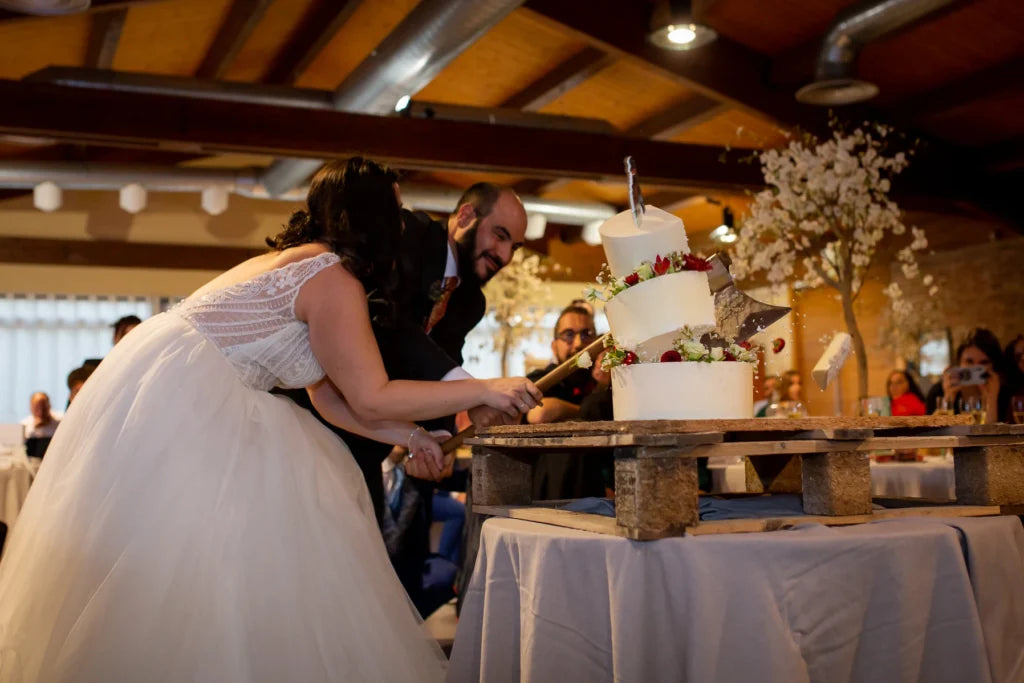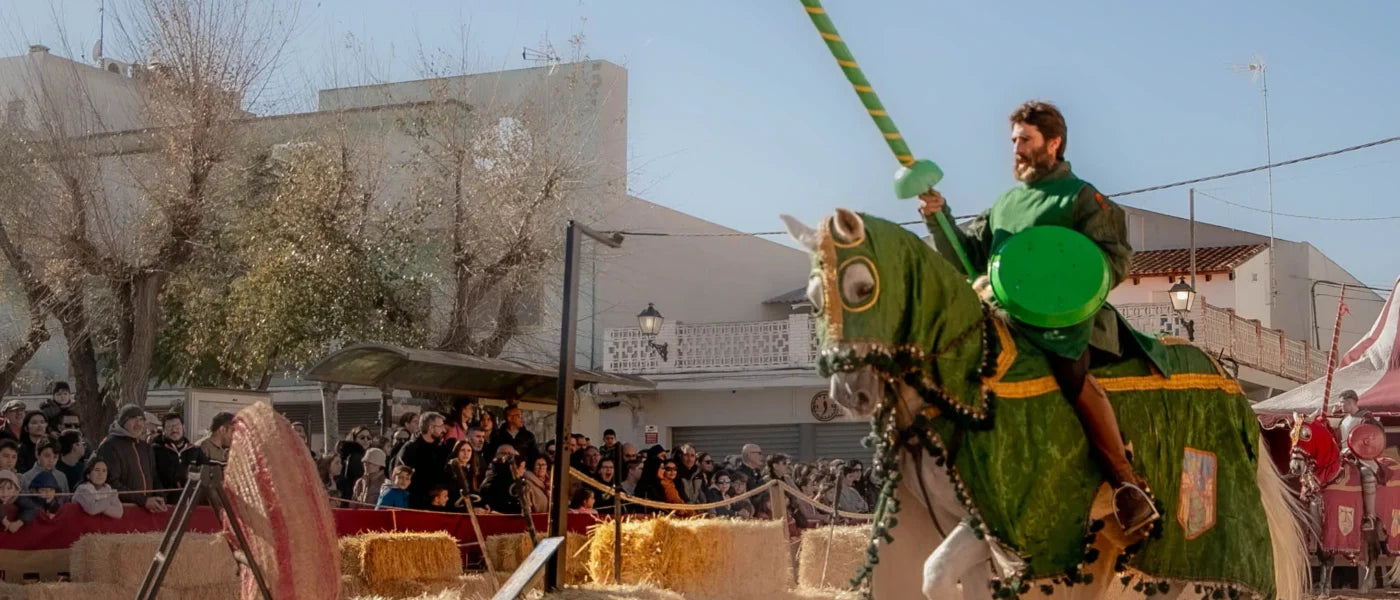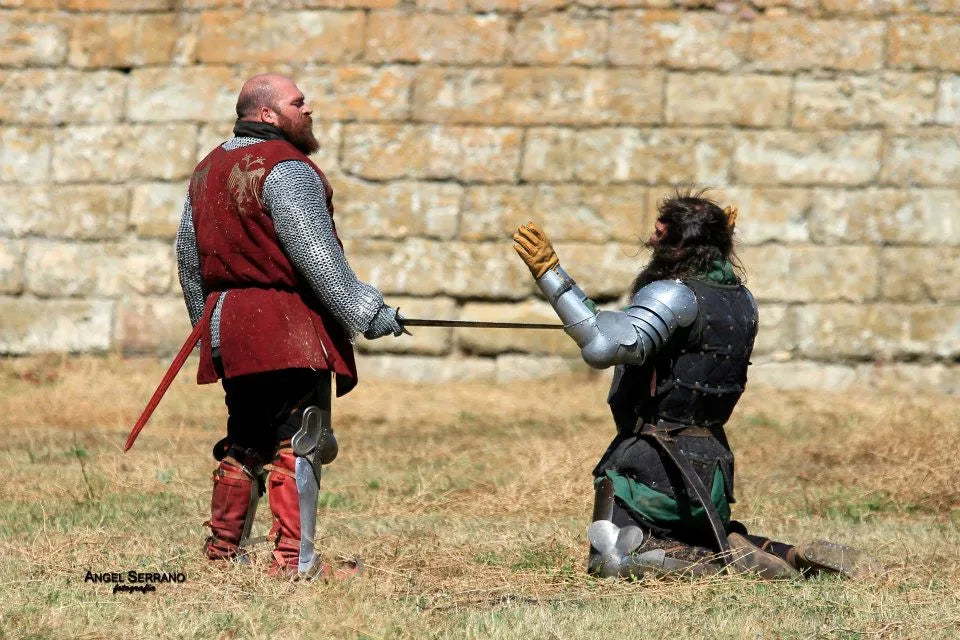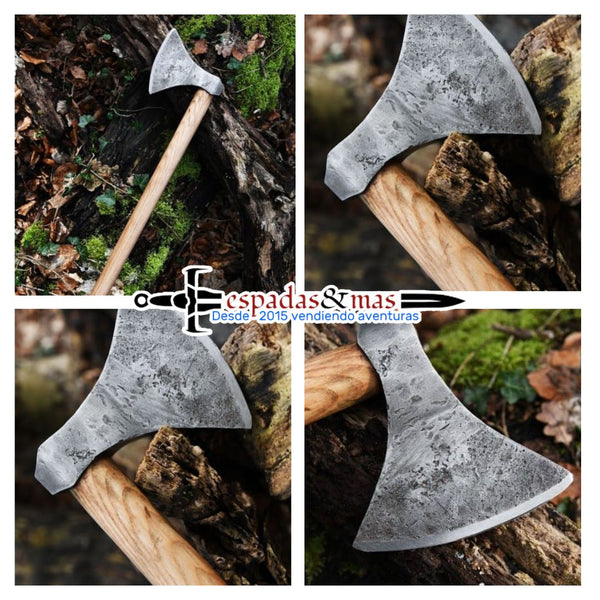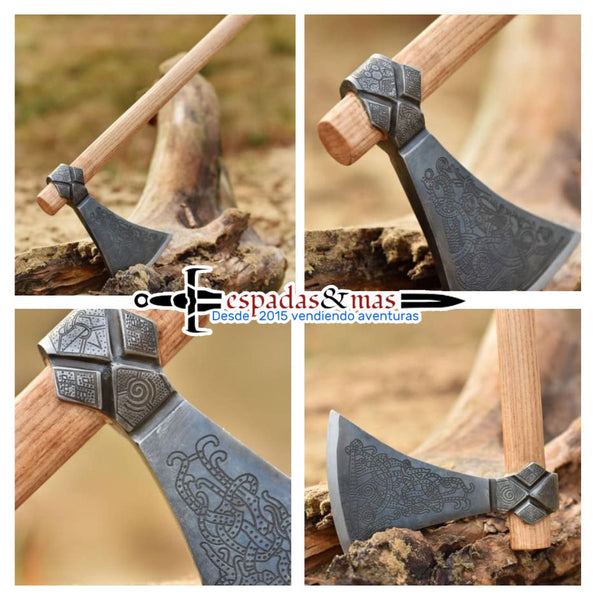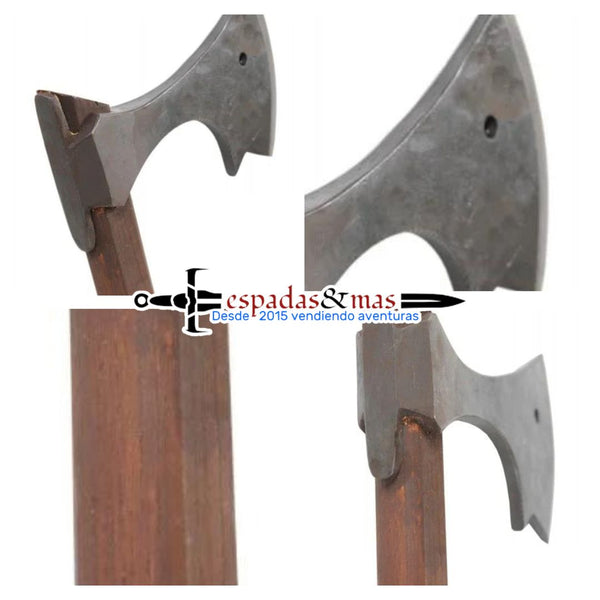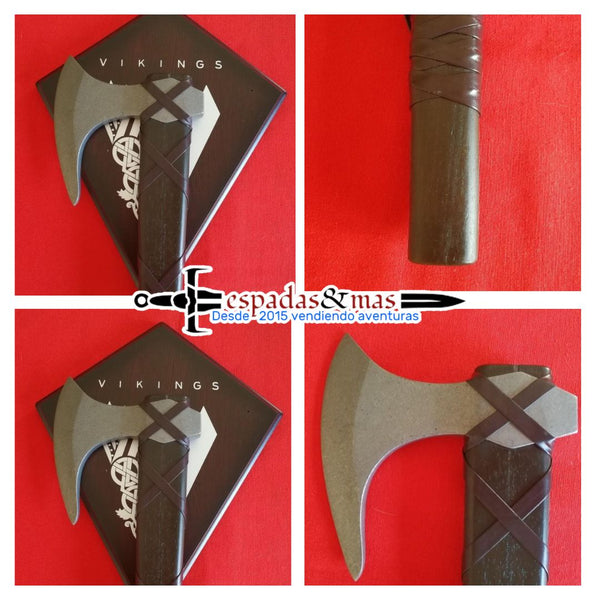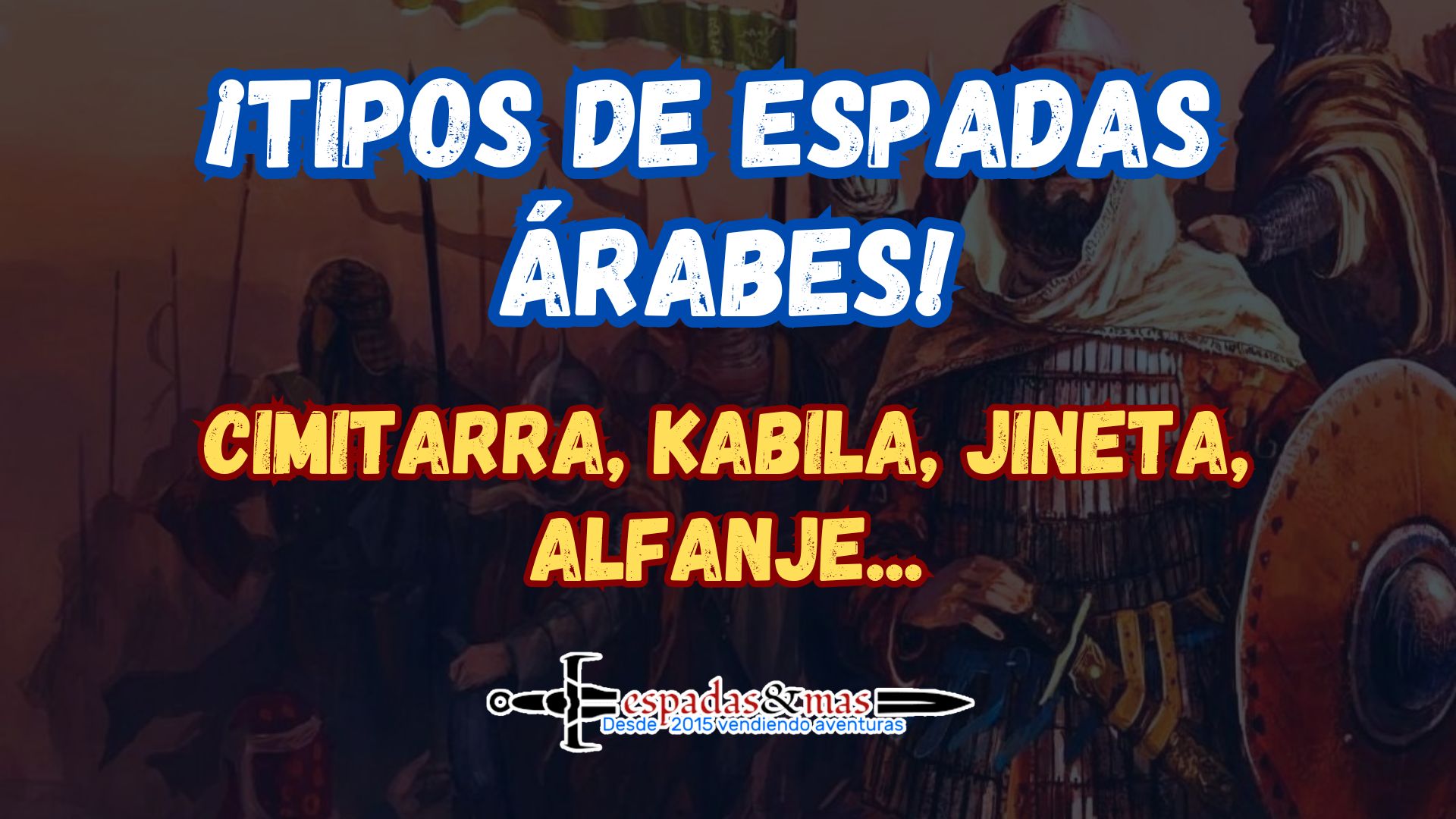Welcome to a new article from Swords and More. Yesterday we talked about Arab swords, and we hope you liked the post. Today we want to continue with the story but go to a different topic. We are going to talk about... Viking axes!
TYPES OF VIKING AXES
Viking axes were a symbol of the strength and skill of Norse warriors during the Viking Age. While they all share a basic shape, not all axes were created equal; each had its own purpose:
Hand axe: Also known as the “one-axe” or “single-edged axe,” this was the most common axe among the Vikings . This type of axe was versatile and effective, ideal for disarming shields and neutralizing enemies in a single blow. The Norman axe is one of the most popular, with its approximately one-meter-long handle and distinctive edge on the blade.
Broad axe or breiðöx : Recognizable by its interesting, wide and robust design. Used mainly in the 10th and 11th centuries. It was used with both hands.
Mammen axe-style battle axe: This axe had an elongated head and short cutting edge, making it handy and possibly suitable for throwing, resembling a tomahawk.
Check out this cool Viking axe!
Bearded axe or skeggöx: It was characterized by its short handle, which made it useful for use with one hand, and it was a war axe that is not clear whether it was exclusively used in Nordic culture, although examples have appeared on the island of Gotland.
Check out this Gotland Bearded Axe!
Horned axe or snaghyrnd öx: Another distinctive Viking axe design that was used mostly in the 10th and 13th centuries, possibly popular in medieval Iceland. According to the few descriptions we have from the sagas, it would have been accompanied by a pair of sharpened points, which could suggest its use as a kind of spear.
Danish Axe: A type of Viking axe with a large, wide but thin blade, designed to be wielded with two hands, famous for the terror it created during Norse raids on the various European kingdoms.
Does this sound familiar? Check out this Ragnar axe from Vikings
In addition to their role in warfare, many of these axes were also indispensable tools in daily life, used for building ships, carts, and houses. They could also be beautifully decorated with detailed engravings and ornaments, making them incredible historical pieces.
Did you like it? What do you think of Viking axes? Which one do you find most interesting? Tell us!

